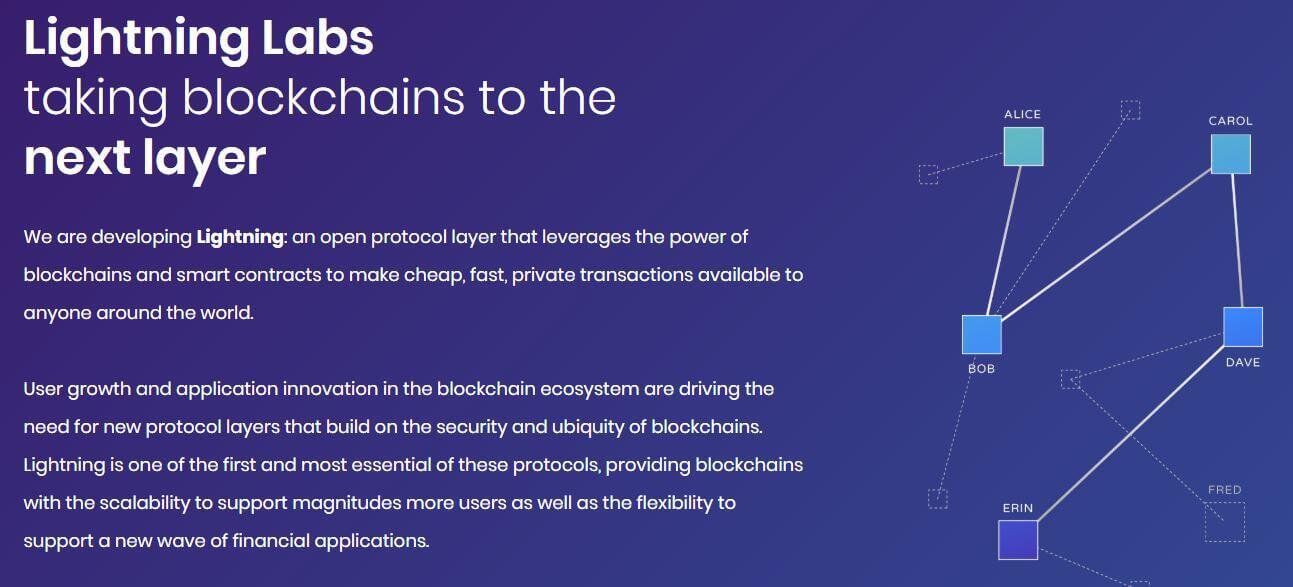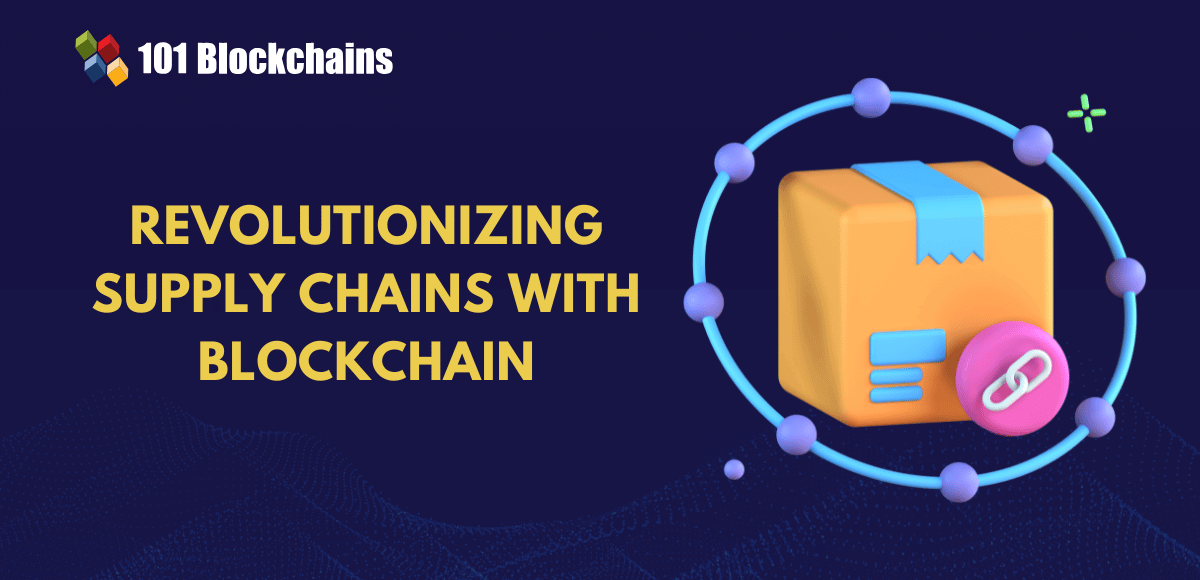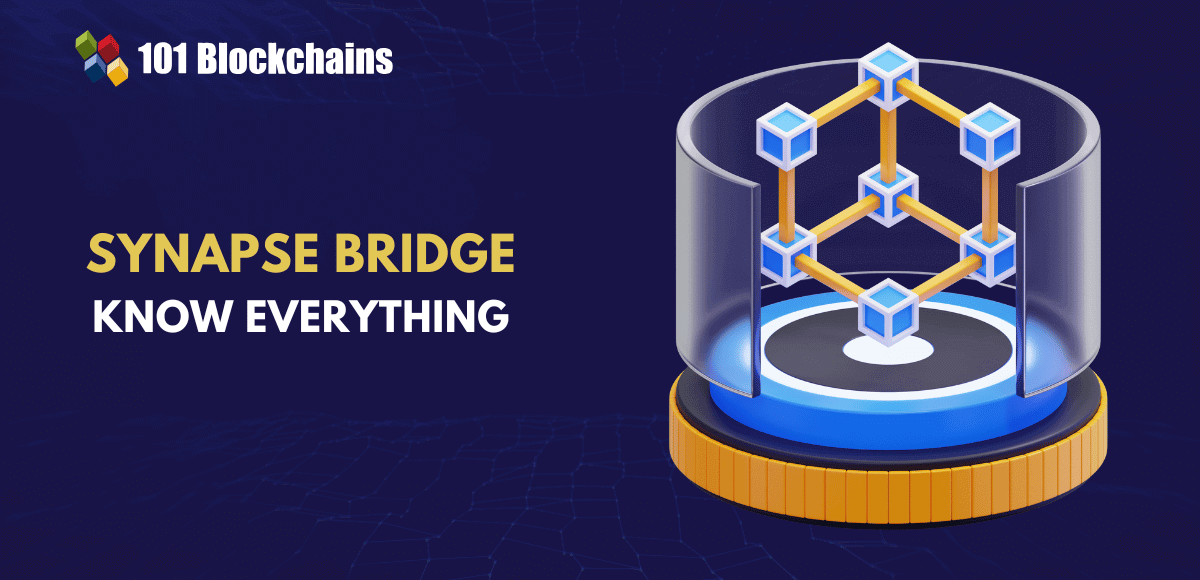Learn how blockchain truly works, master key definitions, and uncover what makes smart contracts so "smart." Dive into the fundamentals, gain valuable insights, and start your blockchain journey today!

- Blockchain
Aviv Lichtigstein
- on June 17, 2018
Who is Elizabeth Stark? CEO of Lightning Labs
Ever since the inception of cryptocurrency, most of the active frontiers in the innovation agenda has been men, however, in the last two years, not undermining the contribution of others, Elizabeth Stark has proven to be a female giant to reckon with her contribution such as the lightning network to the bitcoin community. So, someone might ask, who is Elizabeth Stark? Where is she from? What is her portfolio? Now, down to details.
Elizabeth Stark is a graduate of Harvard University where she got her J.D. in Law. She was given birth to in Brooklyn, New York and currently resides in San Francisco, the United States of America, she is the co-founder and CEO of Lightning Labs. Lightning labs is a company that “scales blockchains”. (What does it mean to scale blockchain? Find out later.) As a cryptocurrency enthusiast, she is a fellow at Coin Center. Coin Center is a research center established (non-profit) to advocate for the implementation of good government policies towards cryptocurrencies, i.e. Bitcoin, Ethereum, Litecoin etc. and other decentralized technologies. Although she is not very much involved in the academia as it seems to the crypto community, she, however, has not cut ties with academia. She is a visiting fellow at Yale’s Information Society project, and she teaches at Yale University also. In both universities, she has taught about P2P technology, open-source protocol, and other technologies. As a mentor the Thiel Fellowship, she works with the intention to provide support, i.e. financial, guidance to students under 23 years with the intention to drop out of school to pursue other projects. It would interest you to note that Stark is not a developer; however, her interest in technology is remarkable.
LIGHTNING LABS: HOW THE LIGHTNING NETWORK WORKS
Lightning labs is a tech startup that is developing an open protocol layer, leveraging on the availability of blockchain and smart contracts features to make transactions to anyone across the world cheap and fast. It is designed to help blockchain scalability. This is evident on the bitcoin blockchain with the activation of the Lightning network in 2018. By scalability, rather than the usual process whereby information is processed to all nodes to confirm transactions, this protocol streamlines the number of nodes involved in individual transactions. That way, the time it takes transactions to would be faster than usual, and it will also result in reasonable fees. Pairs of nodes mastermind these transactions. These nodes link the sender in a transaction to the receiver, and they are connected by payment channels existing on the original blockchain. When a channel is created, the two parties involved in the transaction puts funds on the blockchain into an entry with the two parties signing off for transactions to take place.

Image Credits: Lightning Labs
However, there are advantages and disadvantages to these type of transactions. Since the transaction require the consent of both parties to sign off the transactions, the non-availability of one of the party can result into either cancellation of the transaction or the unavailable party forfeits his funds. It is of importance to note that this lightning effect doesn’t work for only Bitcoin but other blockchains as well. In fact, there can be cross blockchain implantation using lightning such that there can be token swap anytime. Lastly, according to Lightning labs mission statement, they are on a mission to but the next generation’s resilient, decentralized & financial system.
“We believe systems based on cryptography, blockchain, and smart contracts will enhance financial cooperation around the world in unprecedented ways at scales both large and small.”
Watch her speak on the importance of Layer two here.
ELIZABETH STARK CONTRIBUTION TO THE CRYPTO COMMUNITY
Going by actual history, cryptocurrency didn’t start in 2008. In the 90’s of the 20th century, there were people called the cypherpunks, looking at their contribution via their writing, we find a striking resemblance between them and Bitcoin. Thus, we can say their crypto community finds a spot in the present age. In 2008, Bitcoin was invented with its official release in January 2009 by a man (or group, identity unknown) called Satoshi Nakamoto.
So, as said earlier that Elizabeth Stark is the CEO and co-founder of Lightning Labs, she has contributed to the community in the area of blockchains. First, what is a blockchain? The Blockchain is a ledger on the digital network in which transactions made in bitcoin or another cryptocurrency are recorded chronologically and publicly. With lightning labs, scaling of blockchains is possible. What does it mean to scale blockchains? This process deals with the number of transactions possible on the blockchain per unit time. The blockchain records transactions from the beginning, and this works by the passage of information from one node to the other. A blockchain is made up of nodes which confirms transactions on the chain. As at the creation of Bitcoin, it was given a block size limit of 1MB, and thus, when transactions are carried out, the information is stored in a block after the nodes have confirmed it and when the 1MB is exceeded, another block is created. So, by statistics, it is observed that the number of transactions processed per second on an average is between 3.3 to 7. Thus, this defines the scalability of the blockchain as a result of the traffic in processing information. So, to resolve this issue for future adoption, she introduced a concept tagged “Layer Two”. This is widely known as the Lightning network, which Bitcoin Core developers clamored for when people called for SEGWIT activation in 2017.
KEY CHALLENGES OF BITCOIN AND ITS BLOCKCHAIN
- Time: Earlier, it was mentioned that once a block is filled, a new block is created, thus, on an average, every ten minutes, a new block is created. This delays transaction procedures as transactions that are queued up following the filling of a block would wait for confirmation by the miners. These transactions that are queued following an overflow are in what we call “the bitcoin mempool”. Due to this rigorous process, while some transactions are still being queued up, other transactions come into the queue. Thus, it is understandable that the bigger the transactions are queued up, the more percentage of them get stuck in the mempool. As of January 2018, the average confirmation time reached an all-time-high of 190 hours 53 minutes or approximately eight days. This processing time delay coupled with the increased transaction fees made many investors nervous where there was a plan to activate SEGWIT 24 on the blockchain which would raise the block size limit and give room for forks on the blockchain. The aftermath of this decision resulted in two significant hard forks with the resulting currencies named Bitcoin Cash and Bitcoin Gold respectively.
- Transaction Fees: In cryptocurrency, as said nodes are the authority figures on the blockchain, and they are not privatized, it’s a universal consensus that decided what happens on the blockchains. The people operating these nodes are called miners. Cryptocurrency mining is a lucrative part of cryptocurrency. Bitcoin is a Proof of Work currency, and thus, the way the miners get paid is via solving complex cryptographic puzzles. Their work is to process every transaction and in turn, add their transaction memory to the blockchain. As a reward for their work in sustaining the blockchain, they are paid in Bitcoin; these rewards are from the transaction fees and payouts for keeping the blockchain in check. So, even though the high TX fees are beneficial to the miners, it is however unprofitable to the transaction participants on the blockchain. Besides, high TX fees would not support micropayments. So, in resolving these issues, Elizabeth started Lightning Labs proposing a Layer two open source protocol on the original blockchain such that the problem of having transactions in the Bitcoin mempool causing time delays in the transaction and the high fees is cut off.
This video by Manuel Stages titled “The Blockchain and Us” features Elizabeth’s interview too.
LIGHTNING LABS: SMART CONTRACTS
The lightning effect brings a contractual impact to the bitcoin blockchain. It can be said to be a smart-contracting system. In this structure, however, the blockchain serves as the court that cannot be bribed. Remember, that every transaction on the blockchain is in erasable and uneditable. So, when the smart contract is prepared and everything that the contract details are predetermined. Lightning makes sure the contract is rightfully executed.
In understanding this better, let’s say two persons want to transact namely Rice and Water as payment for an online service charge. They both would enter into a 2 -of- 2 multi-signature agreement (this can be likened to a bank’s joint savings account where both signatures are required to perform a fund withdrawal action) on the original blockchain. Then this action takes them to Layer two which reads the transaction between the two. Imagine Rice and Water put in $50 and $100 respectively making a $150 payment channel. It would be that every time they transact, they exchange their digital signature to update the transaction history of their off-chain channel. It is important to note that the transaction is in the open source protocol and the coins don’t leave the blockchain, what is recorded is a transaction. A channel is open when the transaction is taking place and is closed when the transaction is completed such that the final transaction history is added to the blockchain. So, since the blockchain protects the participants against the theft of coins, in cases of attempted theft, the thief loses his tokens in the process as a penalty and his funds is credited to the participant whose tokens was to be stolen. It is, however, advisable to broadcast the most recent legitimate status of the channel in any case of attempted stealing before the final transaction is sent to the blockchain.
The instance explained above is that which exist between two participants, what about a network between channels such that Rice wants to send $25 to Dan but they don’t have an open channel, but Water has an open channel with Dan. Thus, instead of Rice to open a new channel with Dan, Rice can send the payment through Water. However, in this scenario, Lightning network works such that Water sends the funds to Dan first before he retrieves his money from Rice even though it might come at a fee because he’s acting as a lightning node. This structure prevents Water from stealing the funds. It is important to know that this system doesn’t exist based on trust. Thus, everything is done carefully and in order.
HER CRITICISMS
Since the crypto space is a technologically oriented space, there has been quite a number of criticisms towards her due to her supposed inability to explain deep technical concepts behind her project. Though she has a legal background, her enthusiasm is seen every time she speaks and has in vivid ways using examples to explain complex issues in her project. However, we can say that the criticism of her on upspeaking is perhaps due to the main reason why the interview was conducted which is to allow her to talk more about her project but the community wants more of which no one at any time has sent up proofs to back up their claims.
So also, it is observed that while Lightning helps to make micropayments easier, faster & cheaper, the same cannot be said of a bigger transaction as it raises a lot of questions of distrust within the system. For instance, under the penalty transaction, imagine someone with $10 funds being penalized for alleged theft attempt and he has his funds transferred to the other, although the funds are small, however, the penalty transaction would raise a lot of eyebrows. That said, now imagine someone whose funds is $100,000 and is told about penalty transaction of which his funds would be transferred to aggrieved bitcoiner who complained of token theft, if this is not well managed, that single act can turn away users from setting up smart contracts on the bitcoin blockchain using Lighting network. Whilst the Lightning network has delivered on its promise of making bitcoin transactions easier, cheaper and faster, it has to improve itself because large-scale vendors are effective contributors in any economy.
References:
https://cointelegraph.com/news/lightnings-elizabeth-stark-2017-will-be-the-year-of-smart-contracts
www.hackernoon.com/5-notable-women-in-the-blockchain-and-crypto-industry-6dd5981c0e7d
www.ccn.com/lightning-chief-its-a-bitcoin-not-blockchain-world/




